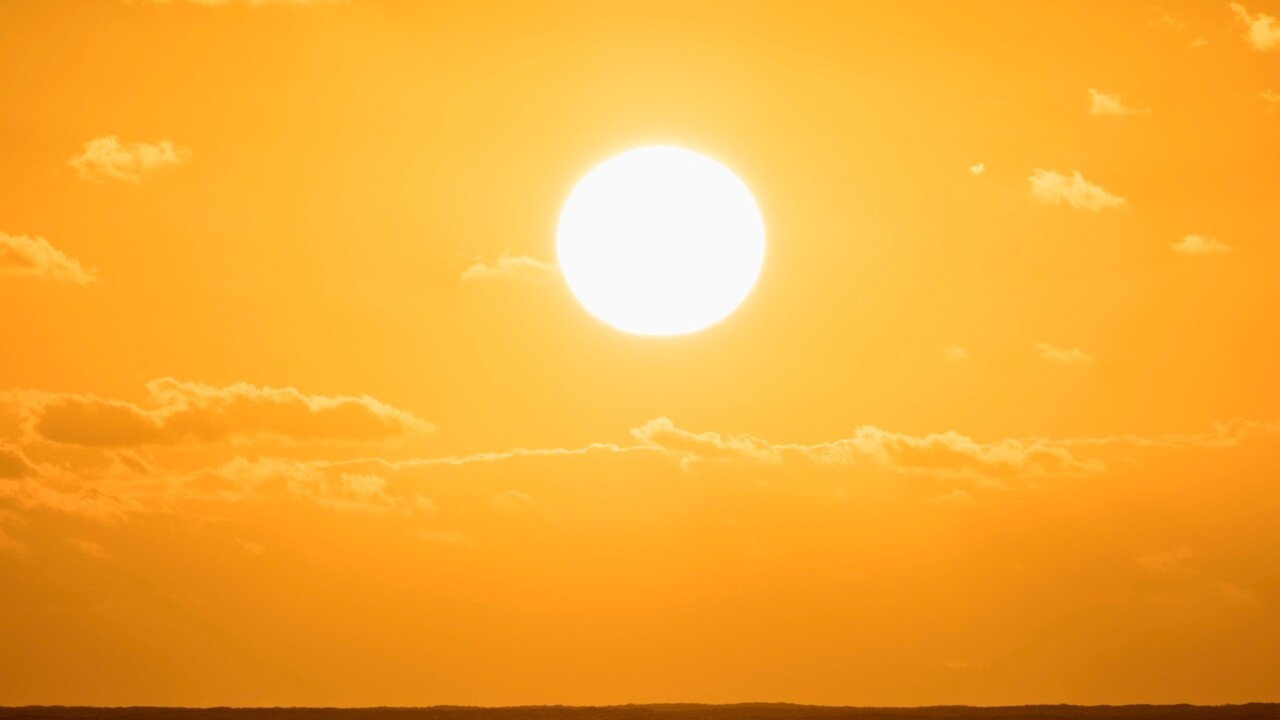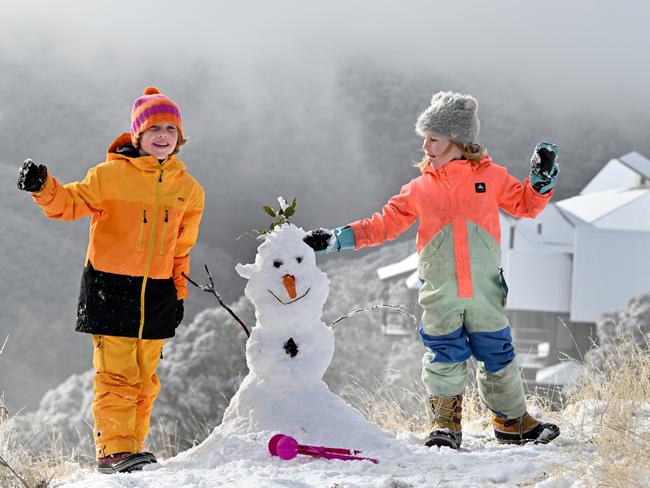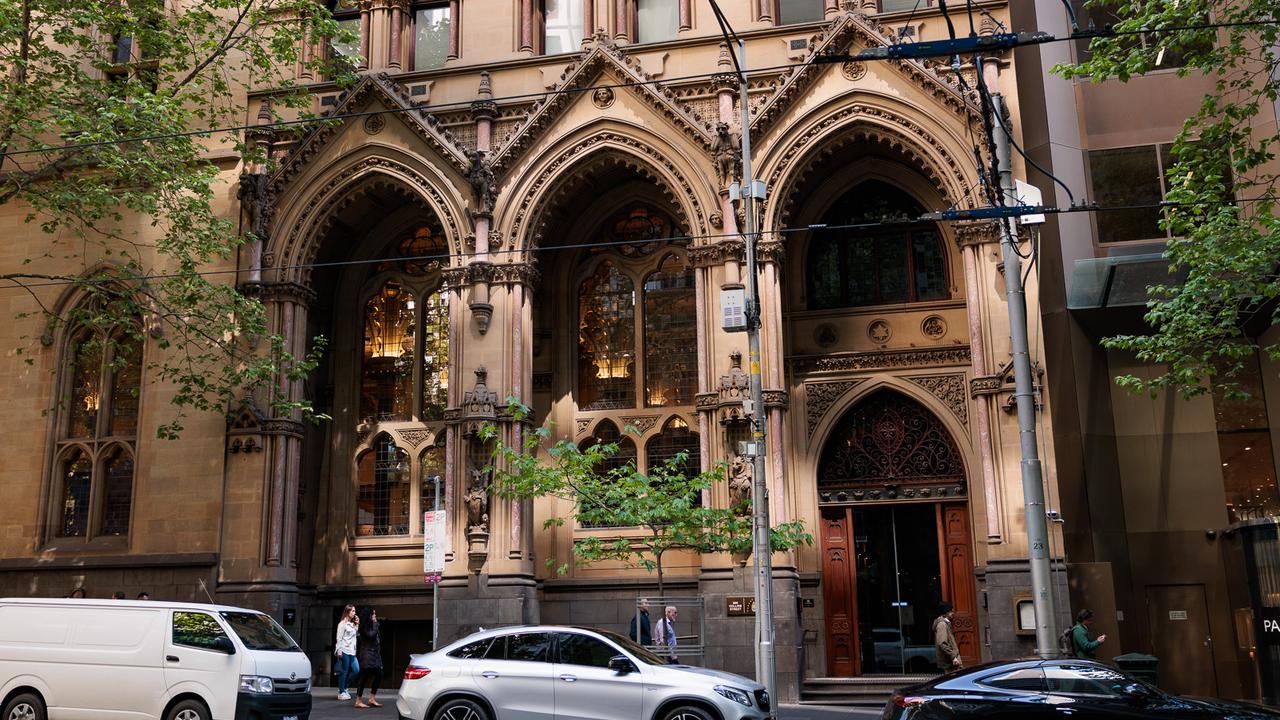Autum brings umbrellas and raincoats for Melbourne
Cooler, wetter conditions are set to linger for weeks in Melbourne, so when will we see a return to sunny days and blue skies?

News
Don't miss out on the headlines from News. Followed categories will be added to My News.
Easter was likely the last burst of warmer weather Melburnians will experience for some time, as the state drops into cooler and showery conditions.
The Easter long weekend was several degrees warmer than average across Victoria, with daytime temperatures more than 6C warmer than average in the state’s north, but closer to average along Victoria’s southern coast.
The mercury reached 28C in central Melbourne on Good Friday, followed by 22C on Saturday, 20C on Easter Sunday and 28C on Monday.

The average daily maximum temperature over the past 10 years for that time of the year is around 22C.
A Bureau of Meteorology spokesperson said maximum temperatures in March and April to date had been “warmer than average” across all of Victoria, particularly around Albury-Wodonga, when compared to the 1991-2020 average.
Minimum temperatures had also been balmier, particularly in the state’s northeast.
“Rainfall totals have been very much below average in the Western District and parts of the Northeast and East Gippsland districts,” they said.

The warmer weather isn’t looking like it will last, with the Bureau predicting April will see an increased chance of below average daytime temperatures in central Victoria.
But the spokesperson said May to July will have a “high chance of having above average temperatures”.
“However, keep in mind that we’re heading into winter and cooler temperatures on average,” they said.


Senior meteorologist from the Bureau of Meteorology Lincoln Trainor said Melbourne had seen a “noticeable” cooling in temperatures over the last week or so.
“Autumn is a transitional season, so we do noticeable changes as temperatures cool,” he said.
“Typical autumn weather is the kind of cooler and more showery conditions that we’re seeing at the moment. Melbourne averages around 23.9C in March, 20.3C in April and then 16.7C in May.”

Mr Trainor said climate drivers, such as El Nino, should become neutral later in autumn, causing temperatures and overall weather conditions to move closer to the average.
“El Nino is expected to continue to decline to its end in the upcoming weeks, returning to neutral. When climate drivers return to neutral it’s expected conditions will be brought closer to average.”
It comes after the arrival of snowfall that blanketed parts of Victoria, especially in the high country on Wednesday.
Temperatures plummeted to an icy -2.4C in Mt Hotham, with about 4cm of snow falling at the village.


